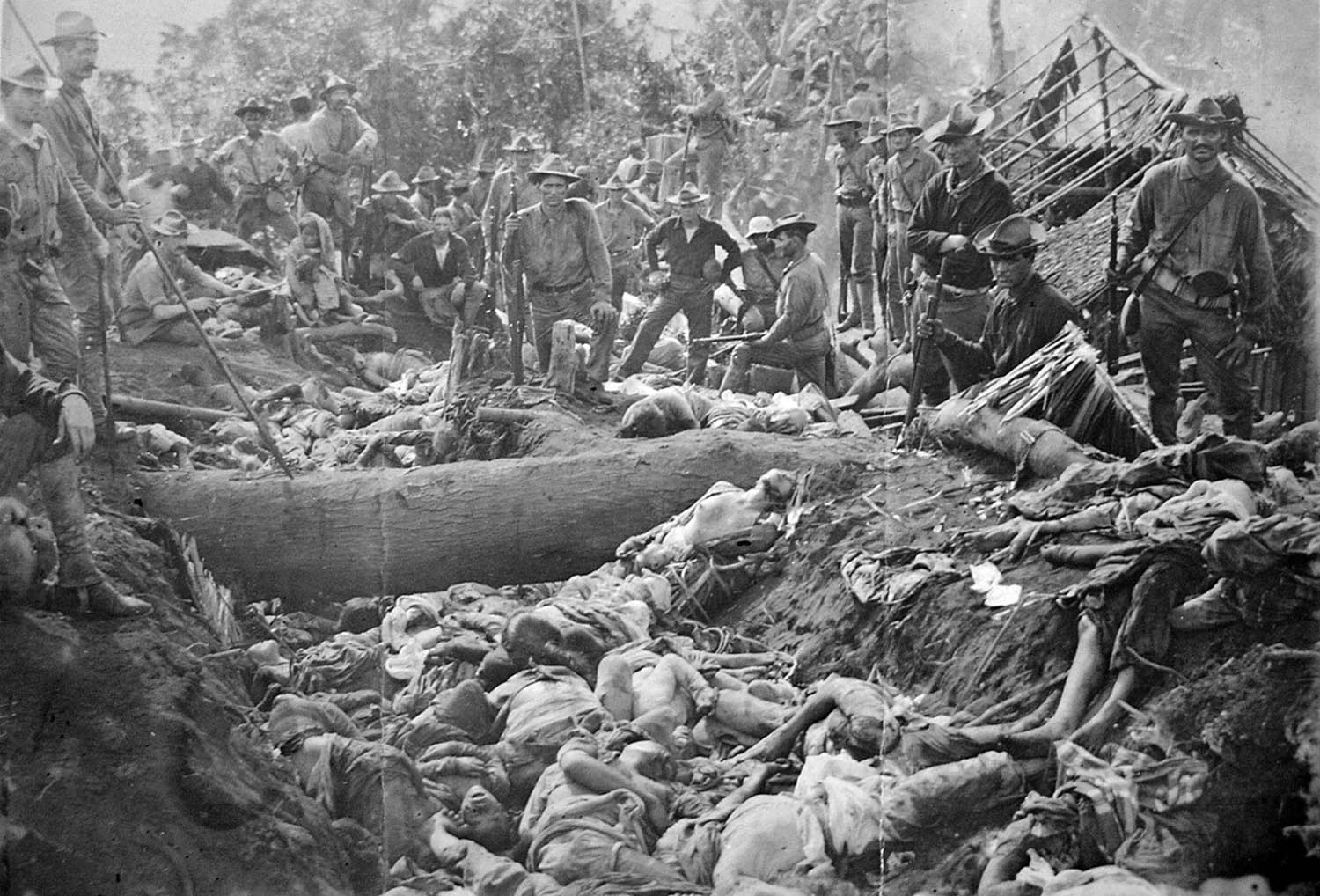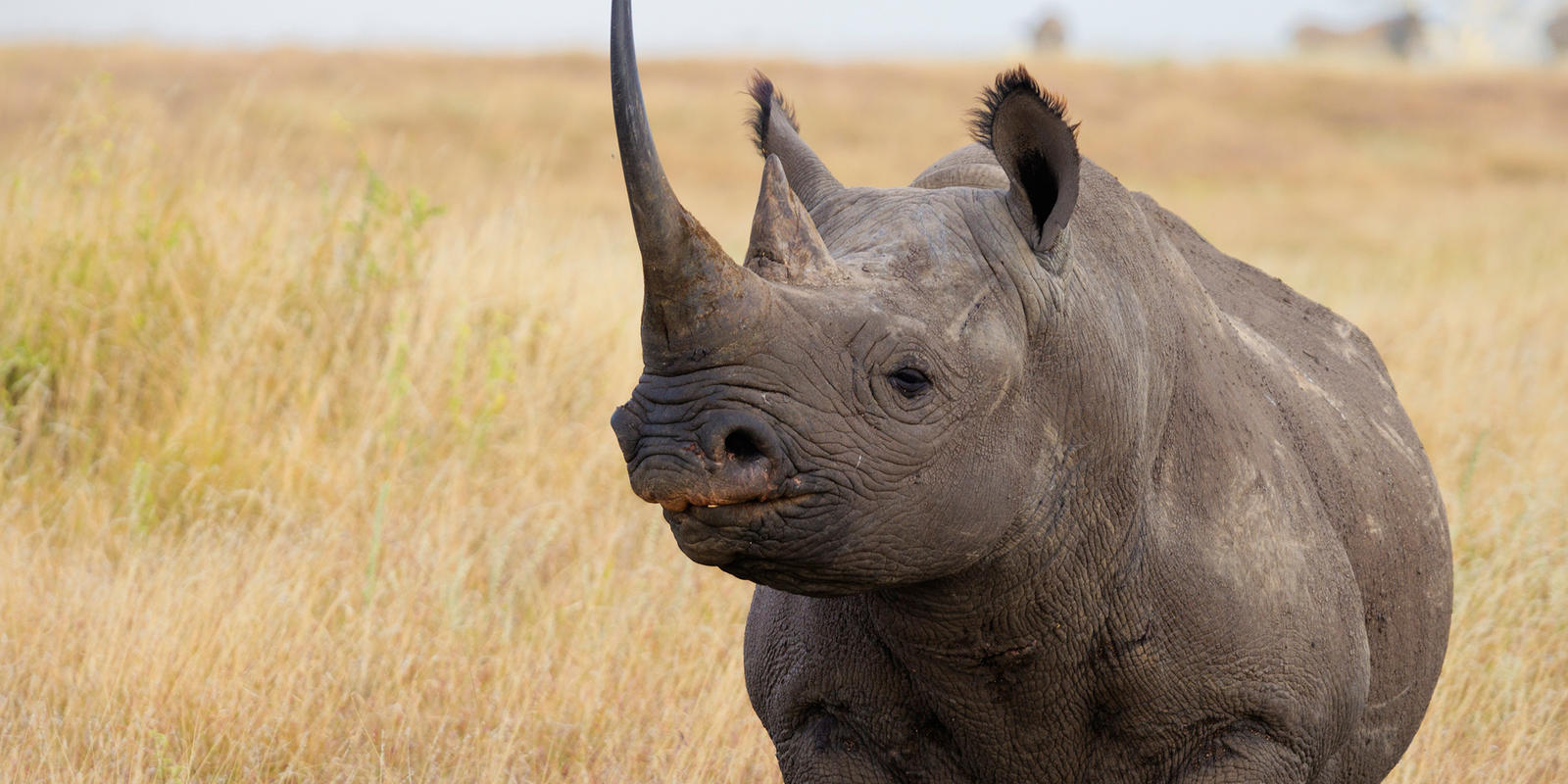Austin Albrecht
Can Photographs change the world?
I truly believe that photographs can change the world. There have been so many pictures in history that have changed the world in a good or a bad way. No one really knows how much a specific picture will really impact society at the time of it being taken. Some being more important than others or in other words having a bigger impact than others would. A quote from an article that I came across called Portrait of Humanity by Beth Ryan stated “An image does havethe capacity to unite people and to ignite change." I believe that everyone should see certain pictures so they could see parts of the world they don’t see every day and have a different opinion on some things. Maybe if a person from New York City was informed via photos of a dying breed of polar bears in the arctic due to global warming they would think twice before they litter or engage in activities that cause global warming.
A picture that has affected me personally is the gates of the concentration camp Dachau in Germany. This picture has affected me personally because I have been to Dachau and seen in person what this concentration camp was about and how breath taking it was to see firsthand. The gate says in German “work sets you free”. Obviously, a quote that was completely false and when I saw this firsthand it really was so crazy to even think that a few decades before me there were hundreds of thousands of people that were murdered right where I was standing. I saw everything from the ovens, to the shoes, to the pile of hair that was shaved off of the prisoner’s heads when they walked in. I get chills every time I think or even speak on what I saw during my trip to the concentration camp. A quote from Johnathan Klein in Ted talks referenced a holocaust survivor Samuel Pisar, stating “The holocaust teaches us that Nature even in its cruelestmoments is benign in comparison with man when he loses his moral compass andhis reason.” It’s really crazy that in the content they had a quote of an actual holocaust survivor and I had my take on what I saw at Dachau a few years ago. It’s a lot harder for me to feel what he felt or thought but it seems that our thoughts lined up and it made sense to me maybe more sense to me then the average person that has never experienced what I did.
To me I really think there is a bunch of pictures or photos that has changed the world. But the one that stands out to me that should be spoken upon is the man on the moon picture. This picture is so significant for many reasons. Everyone wanted to be the first to the moon. Every country. The United states was the first to accomplish this and this set a whole new standard in the exploration of space. In the Article 100 photos that change the world there’s a picture of the earth from the moon captioned “one of the most tumultuous years the U.S. had everknown.” This was one of the most historic and craziest pictures in all of history up to this point and was seen on stamps and book covers and much more.
It’s really hard for one to know what they are looking at is true or false. Due to the fact that in today’s day and aged the media will put out what they want you to see. Huge corporations that control most of the media will not release something if they do not want. That is the beauty of having and owning a huge market. Stories you don’t want to hear are kept out of the news especially in the United States. According to Ted Rall in Censorship of War Casualties in the US states “In 2009 a US "kill team" operating near Kandaharwas accused of "killing innocent civilians for sport and mutilating theirbodies by cutting off fingers and ripping out teeth to keep as trophies.” The story lasted for about one day. This is an example of the Media Censorship. There are a handful of companies that run the media and according to an article from NPR “Some media companies are seeking refuge in larger conglomerates.” This makes it easy for a group of large companies to own and control the media. Allowing what they want to be heard and what they don’t want they will leave out.
| Photo By: Buzz Aldrin Source: Time |
 |
| Photo By: Sven Hoppe/Deutsche Presse-Agentur Source: Washington Post |


